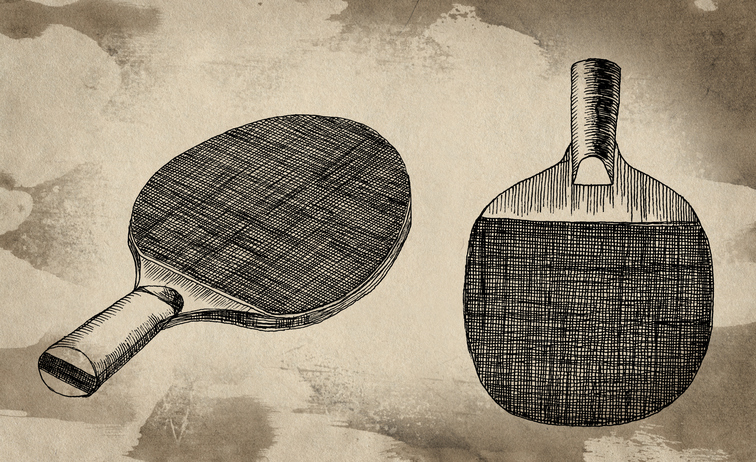A Quick History Of Ping-Pong

- Table Tennis is also known as Ping-Pong. The name Ping-Pong was invented by an English firm J.Jaques & Son at the end of the 1800s and was trademarked by Park Brothers (a US board game company).
- Ping Pong became popular very quickly in the early 1900s and tournaments were soon being played. The Ping-Pong Association was soon formed and was later called the Table Tennis Association.
- In 1902 a Japanese university professor took the game back to Japan where it was a huge success. Soon after, Ping Pong was seen in Hungary and Austria and the popularity increased gradually across the whole word!
- In Britain itself, Ping Pong moved out of London and leagues were created across the country. By 1922 a nationwide tournament started running with other 40,000 competitors.
- In 1927 the English Table Tennis Association started under Ivor Montague, who created modern Table Tennis. Back then the Association had 19 leagues but now has over 300, with around 75,000 registered players!
- The first world championships were in 1927 and were won by a Hungarian. During the 1930s the Hungarians lead the leader boards. Hungarian Victor Barna’s skills greatly elevated the games status.
- In the 1950s the Japenese invented the sponge/sandwich rubber for bats. Before it was a thin bat covered with pimpled rubber. Until then spin had played only a minor part in a game (a defensive style of play was more popular). From this new bat Table Tennis changed: the focus was now on fast attacking speed and spin – which resembles the modern game today!
- Today, the sport is still growing. This is due to its introduction in the Olympics in 1988. Coverage of the men’s final attracted an audience of 2 billion!
- In China, the game is the most popular and played by millions at work, school and parks. Chinese top players are even seen as national heroes!
The basics
- Two or four players hit a lightweight ball back and forth across a table using small bats.
- It takes place on a hard table divided by a net.
- Play is fast and demands quick reactions.
- Spinning the ball gives the hitter a great advantage as it is harder to read where the ball will be returned to.
- The rules: players must allow a ball played toward them to bounce one time on their side of the table.
- They must return it so that it bounces on the opposite side at least once.
- A point is scored when a player fails to return the ball within the rules.
Equipment
Ball: the ball should have a mass of 2.7g and a diameter of 40mm. It should bounce up 24-26cm. It is made of plastic and coloured in white or orange depending on the table colour. Ball systems are rated on a star system (1-3 and 3 being the best).
Table: is 2.74 m long, 1.525 m wide, and 76 cm high. The material must allow a bounce of about 24 cm when a standard ball is dropped onto it from a height of 30 cm. The surface is dark coloured and matte, divided into two halves by a net at 15.25 cm in height.
Paddle/racket:is laminated and wooden covered with rubber on one or two sides depending on the grip of the player. The wooden part/the blade has between one and seven plies of wood, though cork and glass fiber etc. are used. The average size of the blade is about 17 cm long and 15 cm wide.
Scores
The player first scoring 11 points wins a game. If both players score 10 points the first player gaining a lead of 2 points wins the game. A match shall consist of the best of any odd number of games. In competition play, matches are typically best of five or seven games.
